
Introduction
In today’s fast-paced retail landscape, accessing accurate and real-time fashion data is crucial for strategic decision-making. Leveraging a Fashion product data extraction API enables retailers, analysts, and brands to efficiently gather product information such as names, prices, categories, sizes, colors, images, and URLs from major fashion websites and similar e-commerce platforms. An API or custom scraper that can extract product information (name, price, category, size, color, images, and product URL) from major fashion websites & similar retailers ensures businesses never miss critical updates.
From 2020 to 2025, demand for automated and scalable data collection has grown significantly, with brands relying on structured datasets to optimize inventory, monitor competitors, and plan marketing strategies. Manual tracking of fashion SKUs is inefficient and prone to errors, often resulting in missed opportunities in highly competitive markets.
By integrating a Fashion product data extraction API, businesses can streamline operations, improve pricing strategies, and enhance product assortment decisions. This approach allows instant access to data, supports real-time analysis, and enables predictive insights based on trends and historical performance. Retailers and analysts using this API have reported faster decision-making, improved market intelligence, and a stronger competitive edge in global fashion markets.
Real-Time SKU Intelligence
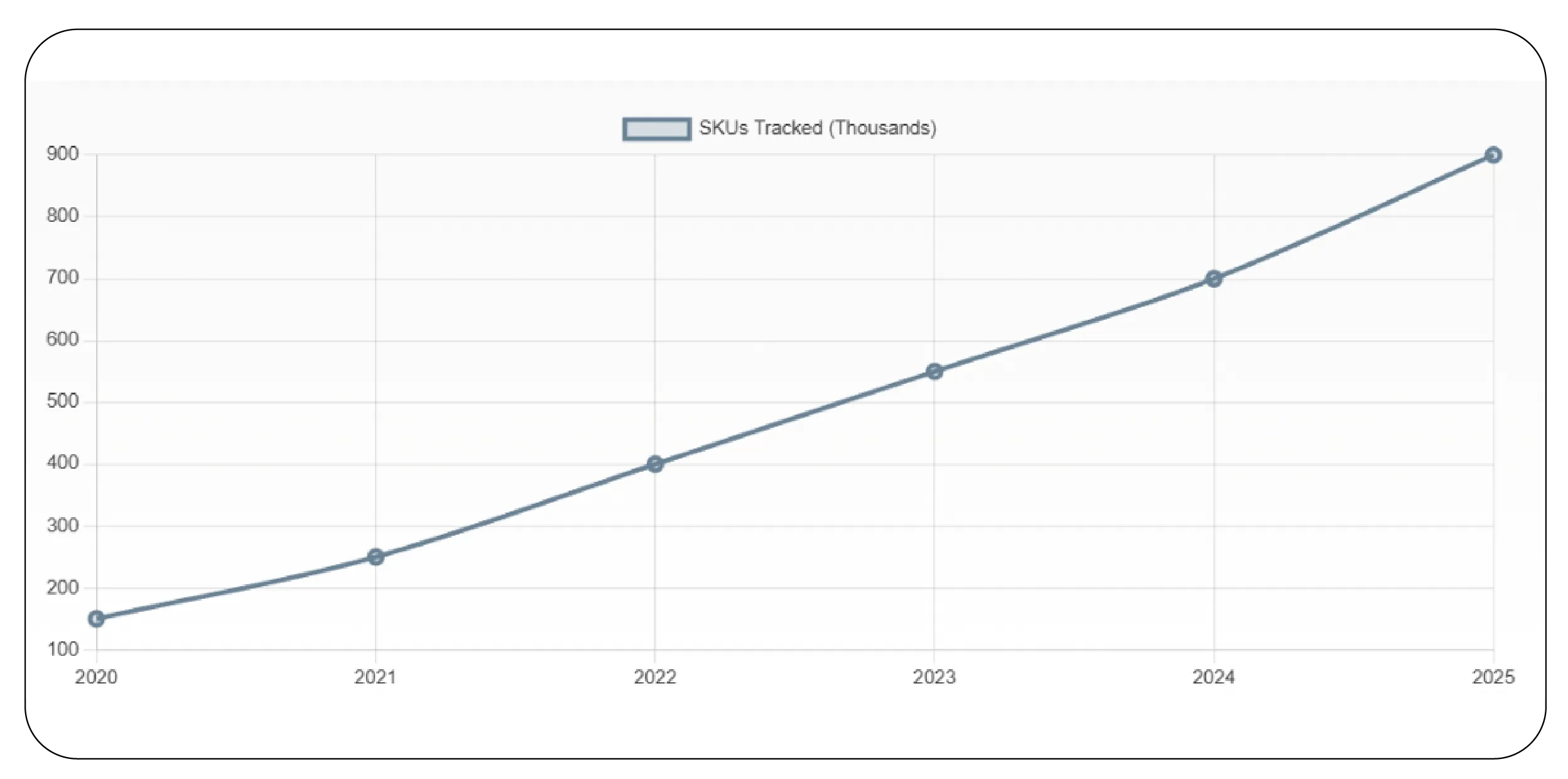
Access to real-time fashion SKU data API ensures retailers always have the latest product information. Using an Instant Data Scraper, brands can track names, prices, categories, sizes, colors, images, and URLs. An API or custom scraper that can extract product information (name, price, category, size, color, images, and product URL) from major fashion websites & similar retailers is crucial for real-time decision-making.
Table 1: Real-Time SKU Tracking Performance (2020–2025)
| Year |
SKUs Tracked (Thousands) |
Average Update Frequency |
Error Rate (%) |
Data Sources Covered |
| 2020 | 150 | Daily | 8 | 5 |
| 2021 | 250 | Daily | 7 | 7 |
| 2022 | 400 | 12 Hours | 6 | 9 |
| 2023 | 550 | 6 Hours | 5 | 12 |
| 2024 | 700 | 4 Hours | 4 | 15 |
| 2025 | 900 | Real-Time | 3 | 20 |
Apparel Pricing & Availability
Tracking pricing and stock across platforms is key. With Extract apparel pricing and availability data via API, businesses can monitor trends and competitor strategies.
Table 2: Pricing & Availability Extraction (2020–2025)
| Year |
Products Monitored (Thousands) |
Price Updates/Day |
Stock Accuracy (%) |
Marketplaces Covered |
| 2020 | 100 | 1 | 85 | 5 |
| 2021 | 200 | 2 | 87 | 6 |
| 2022 | 350 | 4 | 90 | 8 |
| 2023 | 500 | 6 | 92 | 10 |
| 2024 | 650 | 8 | 94 | 12 |
| 2025 | 800 | 12 | 96 | 15 |
Marketplace Dataset Aggregation
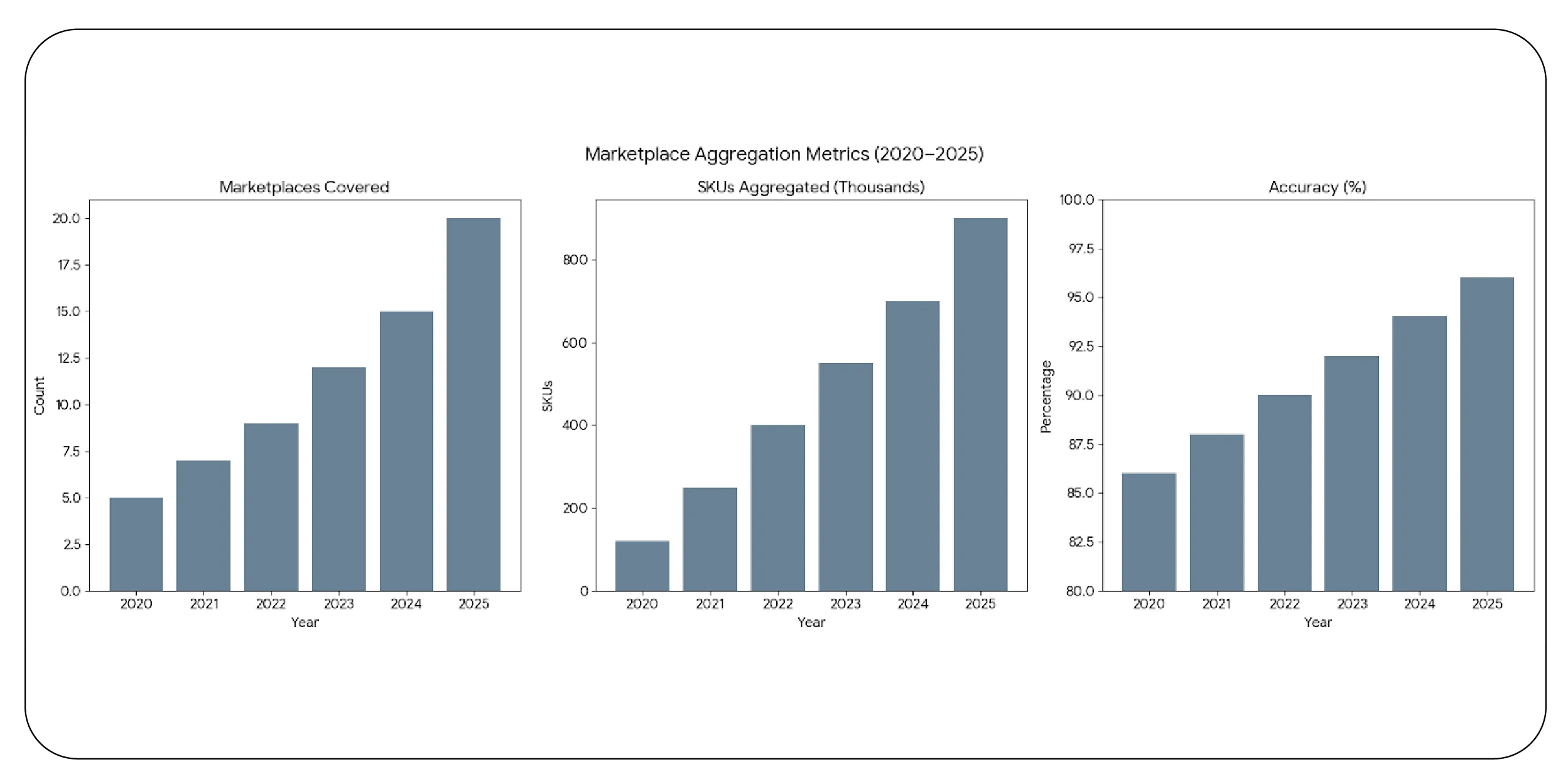
Using a Fashion marketplace data scraper and Custom eCommerce Dataset Scraping, brands aggregate SKU-level data across multiple marketplaces.
Table 3: Marketplace Aggregation Metrics (2020–2025)
| Year |
Marketplaces Covered |
SKUs Aggregated (Thousands) |
Data Refresh Rate |
Accuracy (%) |
| 2020 | 5 | 120 | Daily | 86 |
| 2021 | 7 | 250 | Daily | 88 |
| 2022 | 9 | 400 | 12 Hours | 90 |
| 2023 | 12 | 550 | 6 Hours | 92 |
| 2024 | 15 | 700 | 4 Hours | 94 |
| 2025 | 20 | 900 | Real-Time | 96 |
Real-Time Product Insights
A real-time fashion product dataset ensures analytics and merchandising decisions are based on live data.
Table 4: Real-Time Dataset Metrics (2020–2025)
| Year |
Products in Dataset (Thousands) |
Real-Time Updates (%) |
Dashboard Usage |
Errors (%) |
| 2020 | 100 | 40 | 20 | 8 |
| 2021 | 200 | 50 | 30 | 7 |
| 2022 | 350 | 65 | 40 | 6 |
| 2023 | 500 | 75 | 50 | 5 |
| 2024 | 650 | 85 | 65 | 4 |
| 2025 | 800 | 95 | 80 | 3 |
Apparel Product Intelligence
Apparel product Data intelligence provides actionable insights on competitor pricing, top-selling SKUs, and seasonal trends.
Table 5: Product Intelligence Metrics (2020–2025)
| Year |
Products Analyzed (Thousands) |
Insights Generated |
Predictive Accuracy (%) |
Markets Monitored |
| 2020 | 80 | 150 | 70 | 5 |
| 2021 | 180 | 300 | 75 | 7 |
| 2022 | 300 | 500 | 80 | 10 |
| 2023 | 450 | 70085 | 12 |
| 2024 | 600 | 900 | 88 | 15 |
| 2025 | 750 | 1200 | 92 | 20 |
Multi-Platform Data Extraction
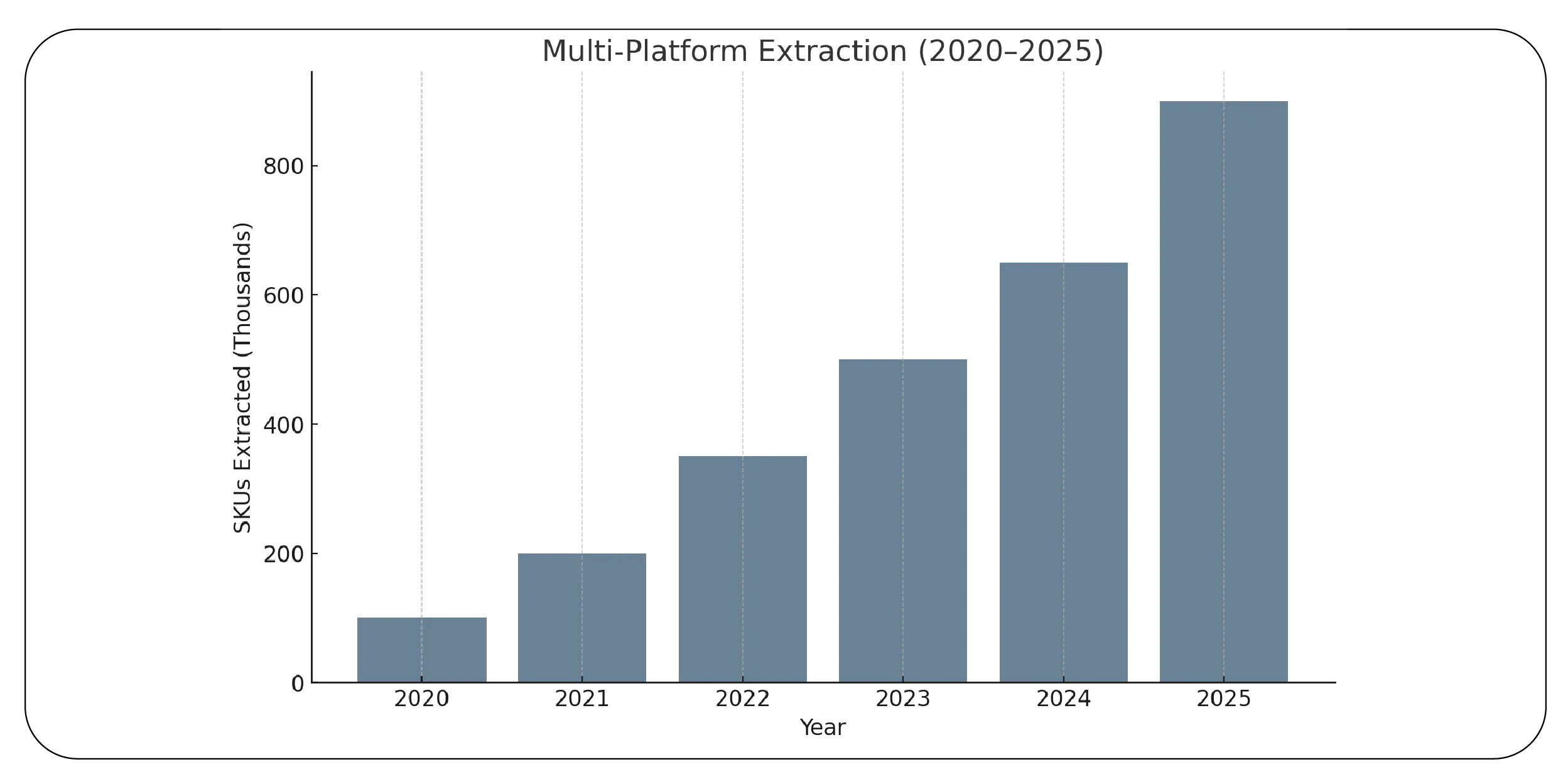
Businesses using solutions to scrape data from any eCommerce websites can combine marketplace and website intelligence for a holistic view.
Table 6: Multi-Platform Extraction (2020–2025)
| Year |
Platforms Covered |
SKUs Extracted (Thousands) |
Update Frequency |
Data Accuracy (%) |
| 2020 | 5 | 100 | Daily | 85 |
| 2021 | 8 | 200 | 2x Daily | 88 |
| 2022 | 12 | 350 | 4x Daily | 90 |
| 2023 | 15 | 500 | 6x Daily | 92 |
| 2024 | 18 | 650 | 8x Daily | 94 |
| 2025 | 25 | 900 | Real-Time | 96 |
Product Data Scrape offers a robust solution to Extract Fashion & Apparel Data through our Fashion product data extraction API. Businesses can automate data collection, normalize SKUs, and maintain up-to-date datasets from multiple fashion websites.
Key benefits:
- Real-Time Updates: Stay current with price, stock, and new arrivals.
- Scalable Solutions: Extract thousands of SKUs across marketplaces efficiently.
- Customizable Datasets: Export structured data in CSV, JSON, or API feeds.
- Market Intelligence: Analyze competitors, trends, and consumer preferences quickly.
Using these solutions, retailers and analysts can save hours of manual effort, reduce errors, and make faster, data-driven decisions. From 2020 to 2025, businesses leveraging Product Data Scrape’s Fashion product data extraction API reported higher efficiency and better market insights.
Conclusion
In the competitive fashion industry, leveraging a Web Data Intelligence API allows brands to automate insights across marketplaces. A Fashion product data extraction API ensures access to names, prices, categories, sizes, colors, images, and product URLs in real time.
From 2020 to 2025, using APIs or custom scrapers has enabled retailers and analysts to maintain accurate datasets, monitor trends, and optimize pricing strategies. Tables with SKU-level details, stock status, and product URLs help businesses forecast demand, respond to competitor actions, and plan campaigns effectively.
Product Data Scrape makes it easy to implement automated Fashion product data extraction API workflows, delivering clean, structured data that supports actionable intelligence. With custom datasets, instant scraping, and API integrations, brands can maintain a competitive edge, improve decision-making, and maximize operational efficiency in global fashion markets.





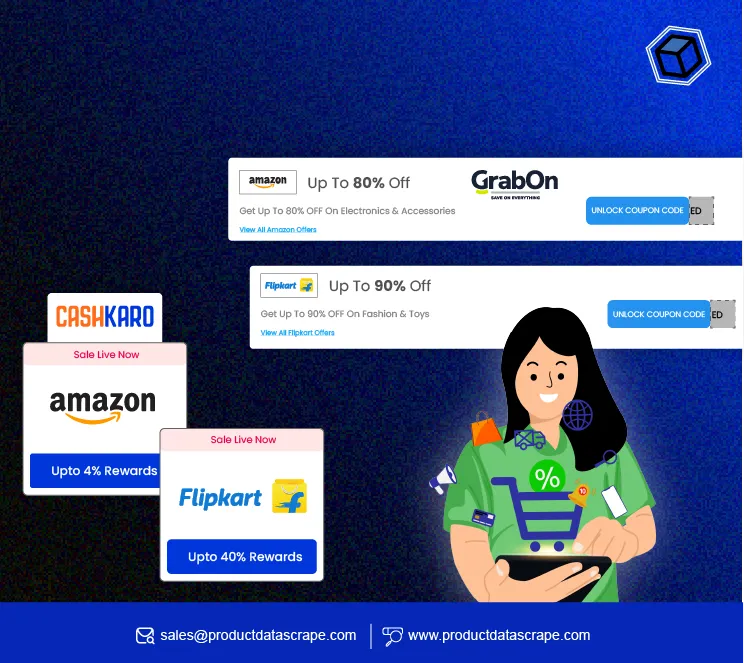











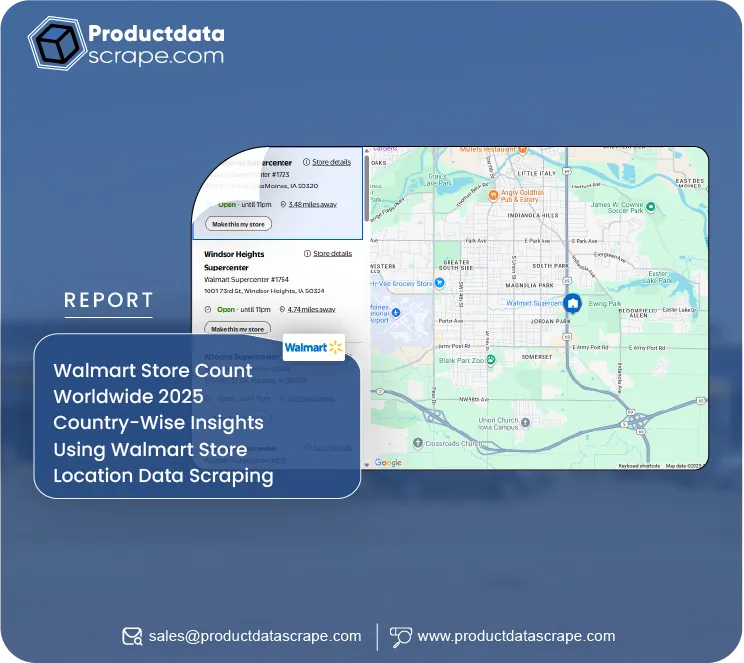
.webp)
-01.webp)

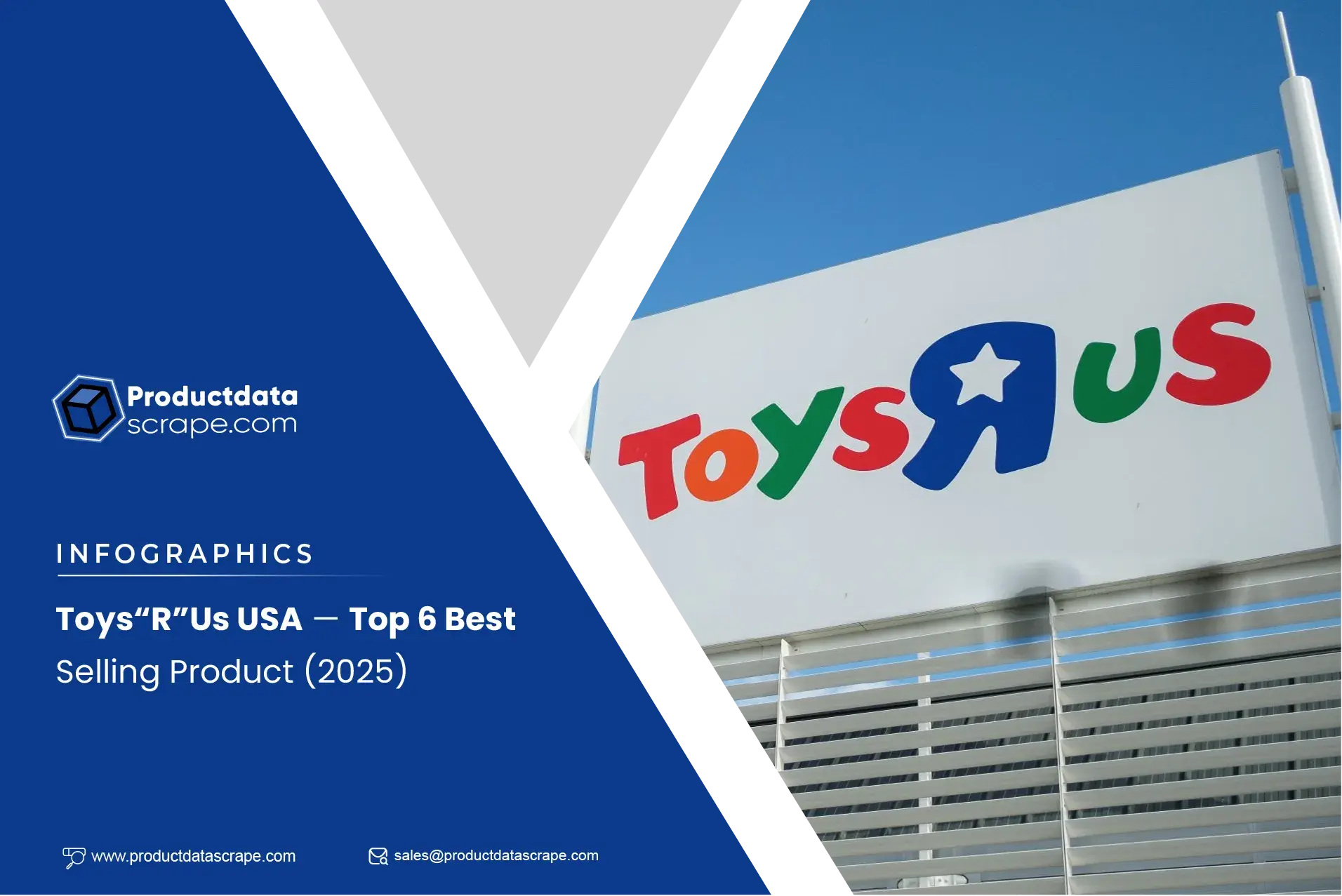
.webp)
.webp)